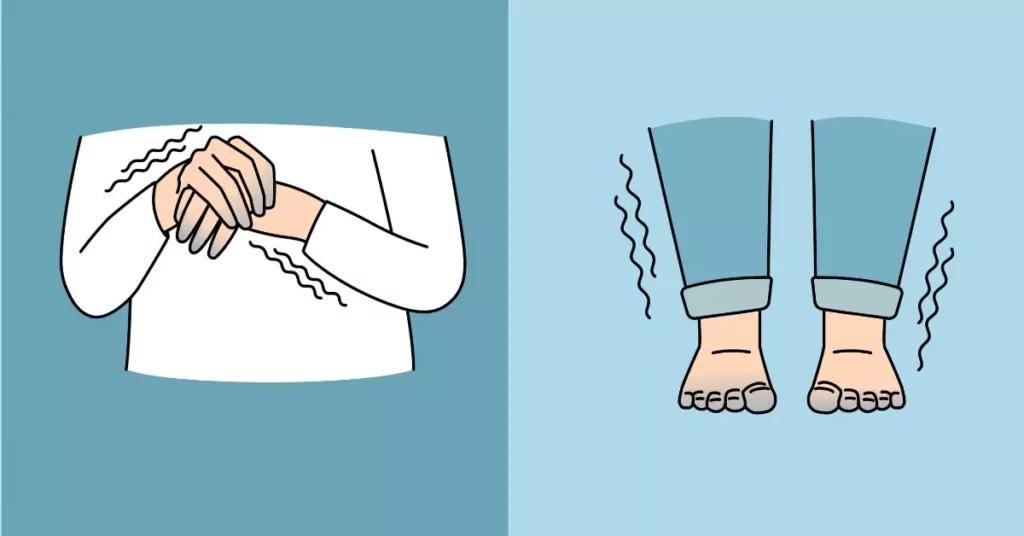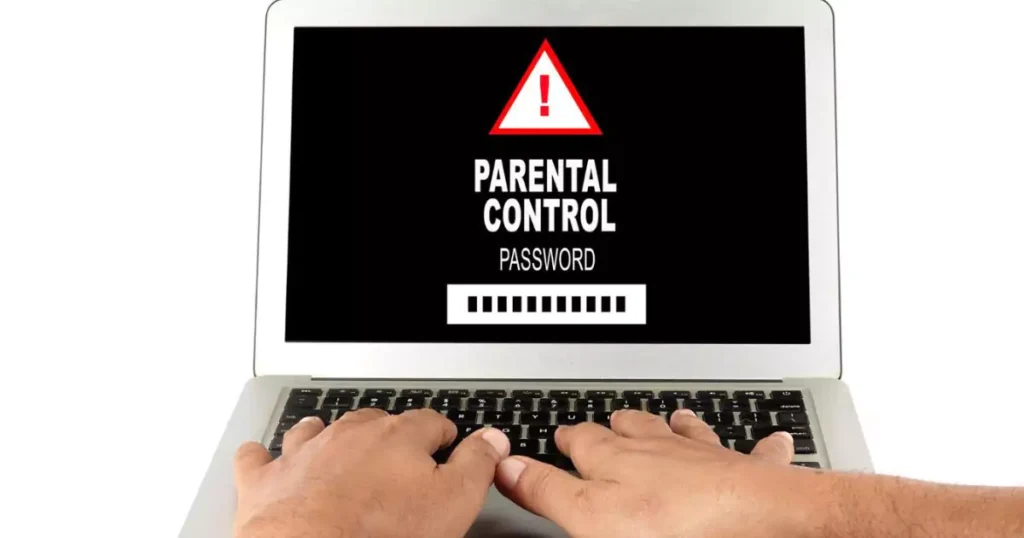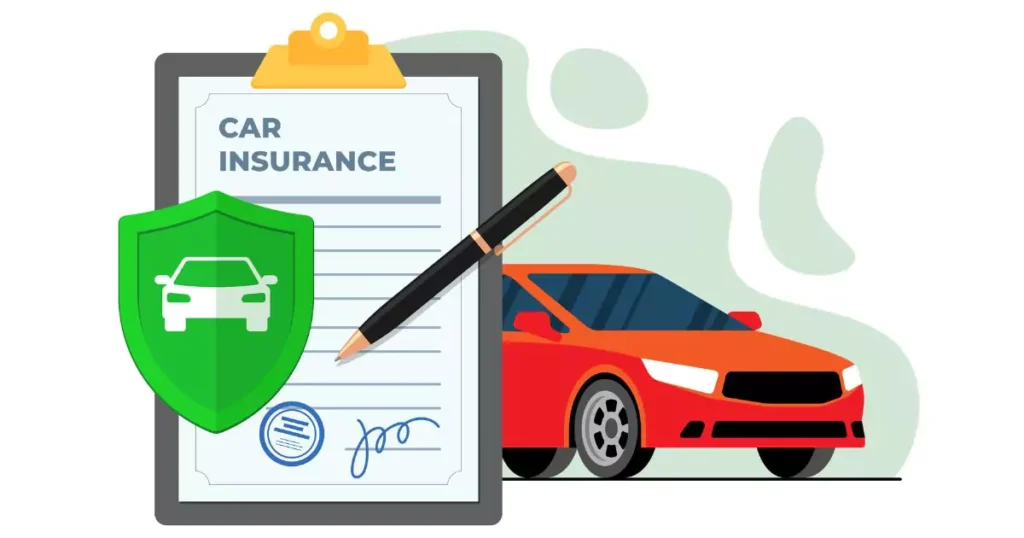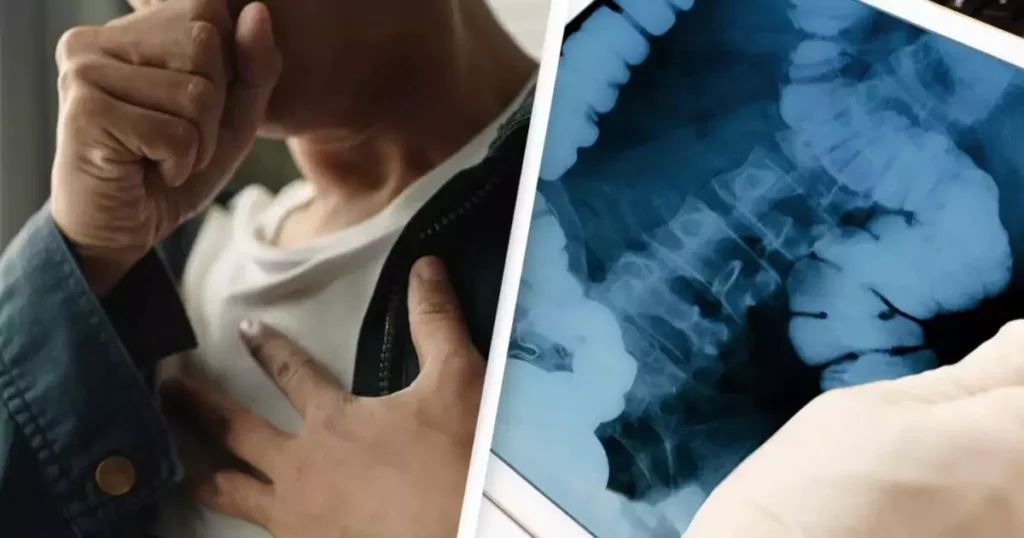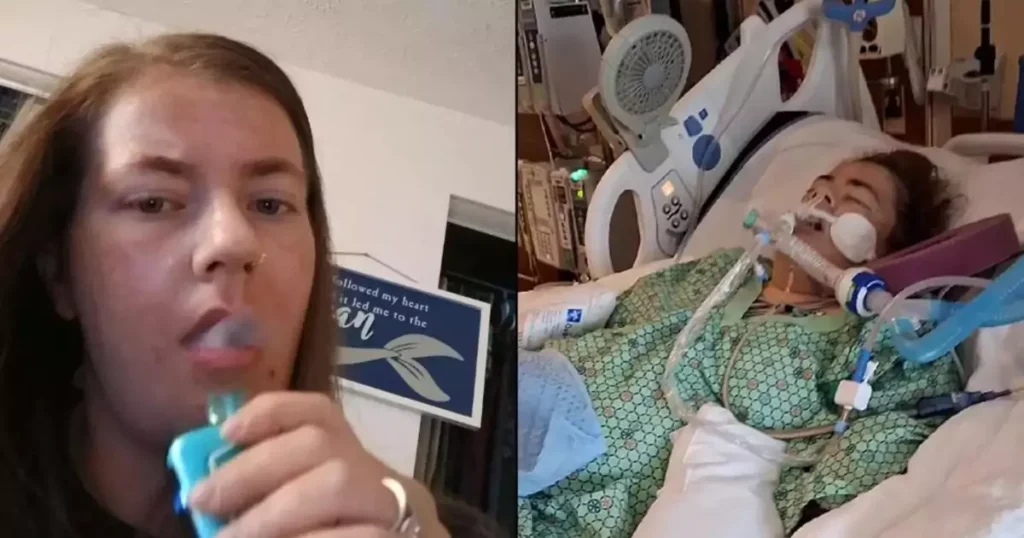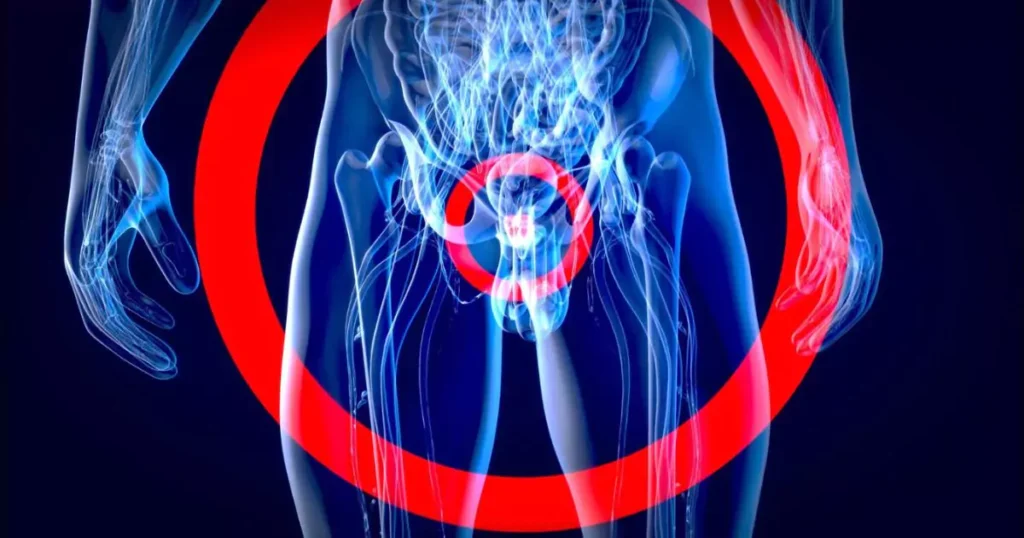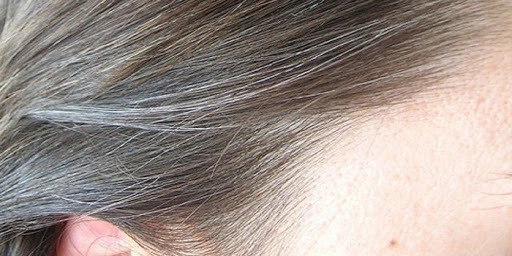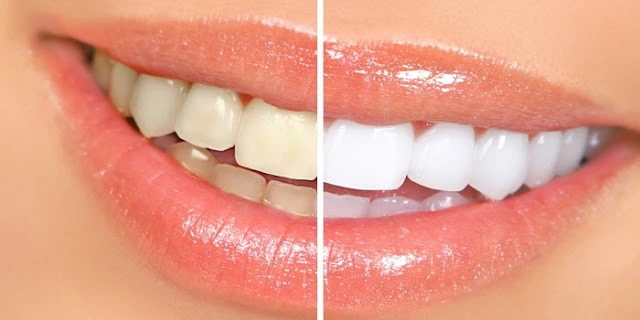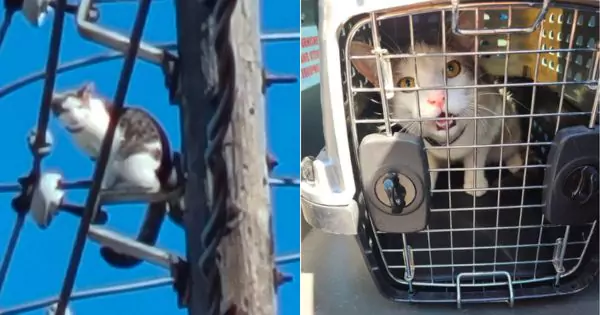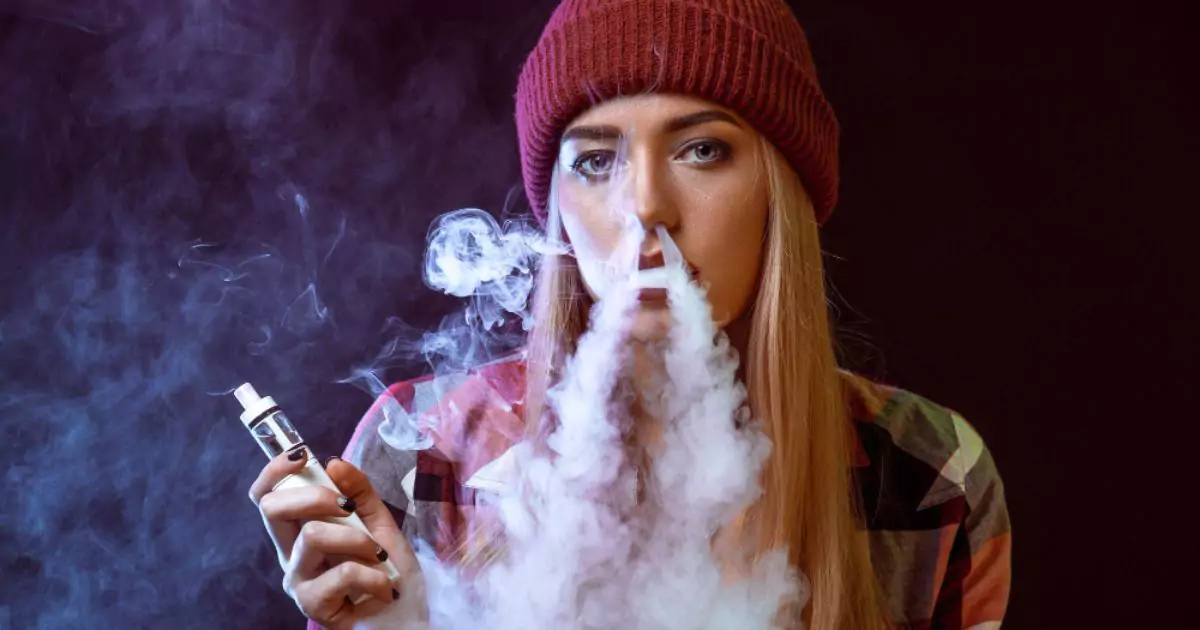
Vaping has been marketed as a “safer” alternative to smoking, but recent research and alarming simulations reveal that it is far from harmless. In fact, the effects of vaping on your body, particularly your lungs, are concerning. A new simulation video highlights the devastating impact of chemicals inhaled through vapes, demonstrating how they attack the respiratory system and cause long-term damage.
As vaping continues to rise in popularity, especially among teens and young adults, it’s crucial to understand the risks. From lung infections to “popcorn lung,” the consequences of vaping can be severe. Let’s explore what happens when you vape, the potential long-term effects, and steps to quit this dangerous habit.
What’s Inside?
Vapes may appear harmless, with their sleek designs and enticing flavors, but they pose significant health risks. The e-liquid inside vapes often contains ingredients like propylene glycol, vegetable glycerin, and various chemical flavorings. While these substances are common in food, heating and inhaling them can cause harmful reactions. One of the most dangerous chemicals found in some vape flavors is diacetyl, linked to a severe lung condition called bronchiolitis obliterans, or “popcorn lung.”
Popcorn Lung
Diacetyl, a chemical used to create buttery flavors in food products like popcorn, is harmless when ingested but dangerous when inhaled. Workers exposed to high levels of diacetyl in popcorn factories developed “popcorn lung,” a condition that scars the airways, leading to coughing, shortness of breath, and breathing difficulties. Many vape liquids contain diacetyl, putting users at risk of this irreversible lung disease.
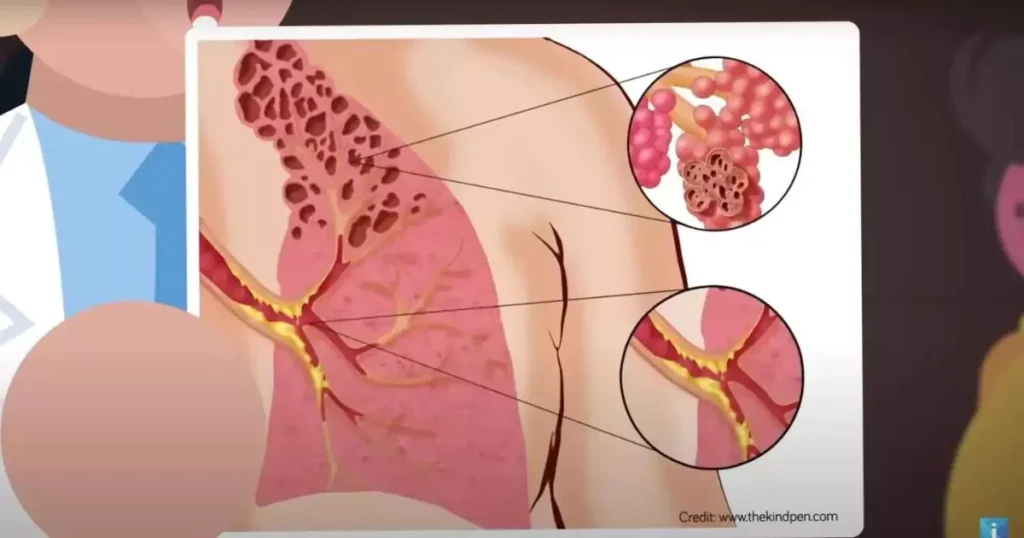
A recent simulation shared by The Infographics Show illustrates how diacetyl and other chemicals build up in the lungs, causing mucus accumulation in the alveoli, where oxygen exchange occurs. This leads to poor lung function, breathing problems, and a diminished quality of life.
Vaping’s Paralytic Effect on the Lungs
Another significant concern is the “paralytic effect” vaping has on the cilia in your lungs. Cilia are tiny, hair-like structures that protect the lungs by moving harmful particles out. The chemicals in vape vapor can paralyze these cilia, leaving the lungs vulnerable to infection. This paralysis can last for weeks, during which time the lungs are defenseless against bacteria and viruses.
This issue is particularly concerning for young people, whose lungs are still developing. With millions of teens in the U.S. using e-cigarettes, according to a study by Truth Initiative, the potential for long-term lung damage in the next generation is alarming.
EVALI: A Deadly Consequence of Vaping
In 2019, the U.S. saw a surge in cases of E-cigarette or Vaping-Associated Lung Injury (EVALI), which resulted in over 1,600 severe lung injuries and 34 deaths. Most cases were linked to black-market THC vape cartridges containing vitamin E acetate, a thickening agent that causes serious lung damage when inhaled. While this is an extreme example, it highlights vaping’s potential to cause life-threatening health issues.
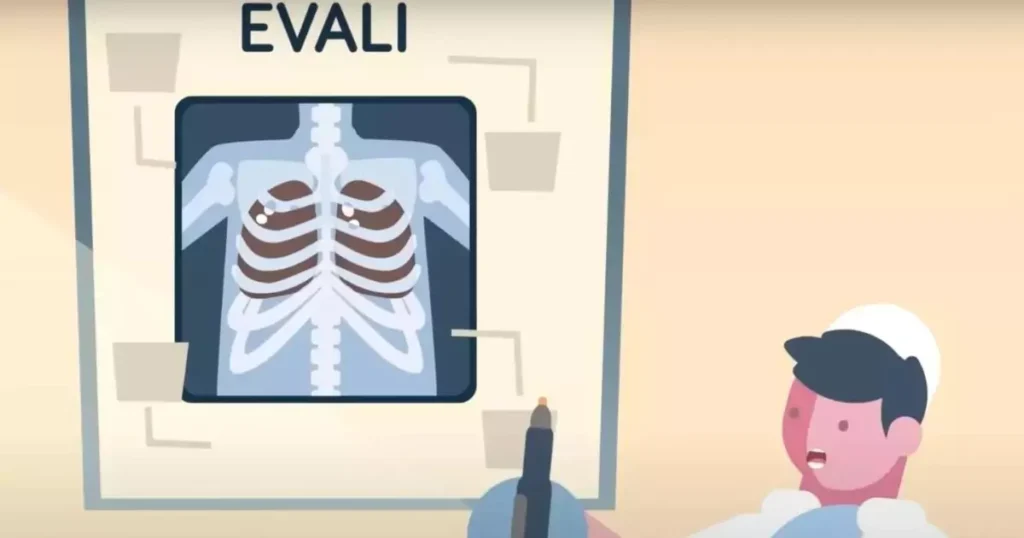
Even legal vapes carry risks. Studies have linked vaping to lung inflammation and chronic obstructive pulmonary disease (COPD), a condition that permanently damages lung function.
How Vaping Harms Your Body
While many believe vaping is safer than smoking, the truth is that vaping presents its own severe dangers. Here are some precautions and considerations:
- Avoid Flavored E-Liquids: Flavored e-liquids may contain diacetyl, which can lead to popcorn lung. Opt for non-flavored options, or better yet, avoid vaping altogether.
- Be Aware of Harmful Chemicals: Vape juice contains chemicals like propylene glycol and vegetable glycerin, which, when heated, can become harmful. Inhaling these chemicals is dangerous, even if they are food-grade.
- Educate Teens on the Risks: Parents should talk to their children about the dangers of vaping. Young lungs are particularly vulnerable to the harmful effects of vape chemicals.
- Reduce Nicotine Intake: Nicotine is highly addictive and increases the risk of heart and lung diseases. Reducing or eliminating nicotine can help, but quitting vaping is the best choice.
How to Quit Vaping
If you’re a regular vape user, it’s crucial to recognize the harm it’s causing to your body. Quitting may seem challenging, but with the right strategies, it’s possible. Here are effective ways to quit:
- Set a Quit Date: Choose a specific date to stop vaping, which will give you time to prepare mentally and physically.
- Understand Your Triggers: Identify what makes you reach for your vape (stress, boredom, etc.) and develop alternative coping strategies, such as mindfulness or physical activity.
- Gradually Reduce Nicotine Levels: Slowly lowering the nicotine levels in your e-liquid can help manage withdrawal symptoms.
- Use Nicotine Replacement Therapy (NRT): Products like nicotine patches, gum, or lozenges can help ease cravings without the harmful chemicals found in vapes.
- Seek Professional Support: Many healthcare providers offer support programs, and online communities can provide encouragement as you work to quit.
- Adopt Healthy Habits: Incorporating regular exercise and hobbies can help reduce the urge to vape and improve overall health.
The True Cost of Vaping
Vaping may have once been considered a “safer” alternative to smoking, but the growing evidence shows it carries its own set of dangerous consequences. From paralytic effects on the lungs to the risk of popcorn lung, vaping can cause long-term, irreversible damage.
If you or someone you know is struggling with vaping, it’s important to take action. Quitting now can protect your health and improve your quality of life. The risks are too great to ignore—your lungs, and your future, depend on it.


















